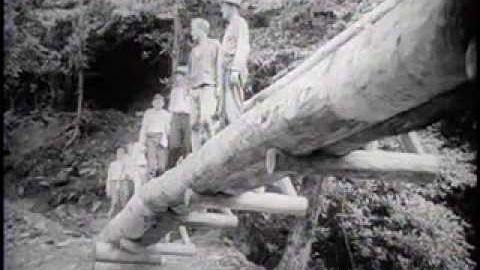
Subtitles & vocabulary
Great Smoky Mountains (1936)
00
小葉子 posted on 2014/01/04Save
Video vocabulary
park
US /pɑ:rk/
・
UK /pɑ:k/
- Proper Noun
- Person's name
- Noun (Countable/Uncountable)
- Public green area in a town for exercise, relaxing
- Field upon which a sport is played, e.g. baseball
A1
More great
US /ɡret/
・
UK /ɡreɪt/
- Adverb
- Very good; better than before
- Adjective
- Very large in size
- Very important
A1TOEIC
More work
US /wɚk/
・
UK /wɜ:k/
- Noun (Countable/Uncountable)
- The product of some artistic or literary endeavor
- Everything created by an author, artist, musician
- Verb (Transitive/Intransitive)
- To bring into a specific state of success
- To be functioning properly, e.g. a car
A1TOEIC
More important
US /ɪmˈpɔrtnt/
・
UK /ɪmˈpɔ:tnt/
- Adjective
- Having power or authority
- Having a big effect on (person, the future)
- Uncountable Noun
- A matter of great significance.
A1TOEIC
More Use Energy
Unlock All Vocabulary
Unlock pronunciation, explanations, and filters
